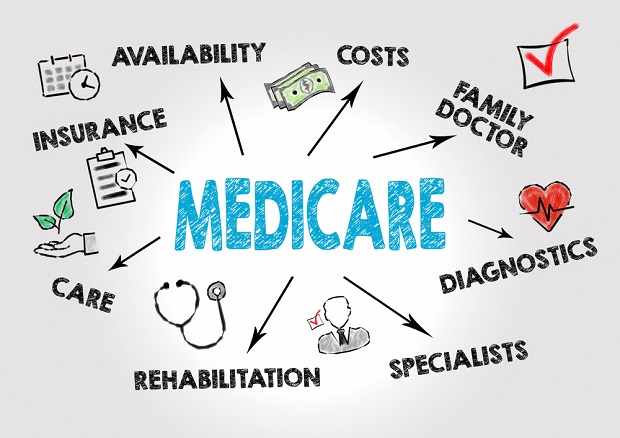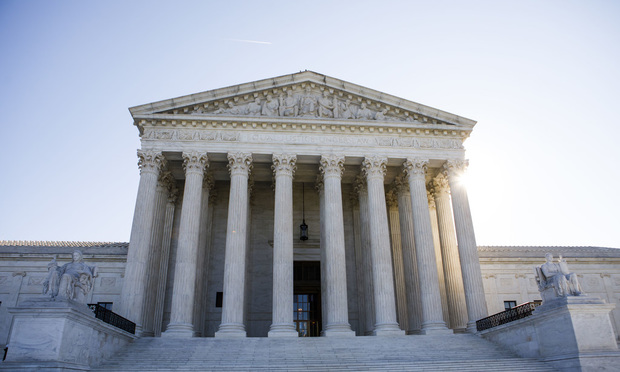 Overall Medicare and Medicaid spending rose faster than private health care spending simply because both programs experienced major increases in enrollment.
Overall Medicare and Medicaid spending rose faster than private health care spending simply because both programs experienced major increases in enrollment.
The private health insurance sector could learn a thing or two from Medicare and Medicaid.
A new report from the Robert Wood Johnson Foundation shows that in recent years the two public health programs have managed to contain per-enrollee health costs much better than private health plans.
From 2006-17, per-enrollee costs grew by an average of 1.6 percent for Medicaid and 2.4 percent for Medicare. In contrast, private health plans saw per-member costs grow by an average of 4.4 percent annually.
Related: What can the ACA marketplace learn from Medicare Advantage?
Overall Medicare and Medicaid spending rose faster than private health care spending simply because both programs experienced major increases in enrollment. Baby boomers began to retire and become eligible for Medicare, while the Affordable Care Act opened up Medicaid to millions of additional people who were previously ineligible.
As a result, overall spending increased at an average annual rate of 6 percent for Medicaid and 5.2 percent for Medicare, compared to 4.4 percent for private health plans.
Growth in Medicare's per-enrollee costs were largely driven by prescription drugs, while Medicaid's increased costs were mostly driven by physician costs and administrative services, the report finds. Hospital costs were the biggest contributor to growth in private health care per-patient spending.
While the study touts the success of the public sector's cost-management, it warns that the two major public health programs will likely experience greater cost growth in the coming decade.
The study projects that per-enrollee costs will grow 4.8 percent per year for Medicaid and 4.7 percent for Medicare. Overall cost growth, however, will rise 6.2 percent per year for Medicaid and 7.6 percent for Medicare as enrollment in both programs continues to increase.
While the study raises alarms about the fiscal implications of the spending growth in both health programs, it does not argue that either are in need of a radical restructuring.
“We do not intend to suggest that there is no room for modest policy proposals aimed at further containing costs in both public programs,” they wrote. “For example, the Congressional Budget Office has recently released estimates of several reasonable approaches, including limiting state use of provider taxes in Medicaid, modifications to Medicare cost-sharing and restrictions on Medi-gap policies, and modest part B and part D premium increases.”
Read more:
© 2025 ALM Global, LLC, All Rights Reserved. Request academic re-use from www.copyright.com. All other uses, submit a request to [email protected]. For more information visit Asset & Logo Licensing.







